CONVERSATIONS WITH SAI – Part Twenty
CONVERSATIONS WITH SAI – Part Twenty
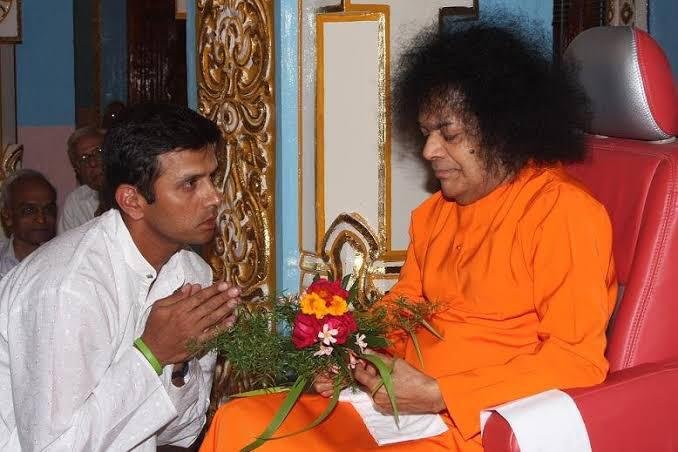
H (Hislop): At times, Swami, sounds are still heard as usual, but every sound is surrounded by silence, and it is the silence that is heard.
SAI: That silence that surrounds outside sounds is God. Inside that silence is the eternal sound of ‘Om’. There is only one sound, and that is ‘Om’. Every other sound arises from Om.
H: One is conscious of a force, a strength that rises up in oneself. What is that?
SAI: That life force must be turned to God.
H: How does one direct that force?
SAI: Through faith and love. These must be tended with love and care like tender plants. The bud cannot be forcefully pulled up into a tree.
H: Baba said Ramakrishna Paramahamsa merely touched Vivekananda and transformed him?
SAI: Yes. But it was temporary. After a while it fell away. Vivekananda’s strong temper rose again and he had to work out his own sadhana. What Ramakrishna accomplished was to reverse the trend to Vivekananda’s life from downwards into material life to upwards into spiritual sadhana. Without that, Vivekananda would have continued in materialistic life.
H: Can it be said that the reversal given to Vivekananda’s life by the touch of Ramakrishna is given to our own lives merely by the Darshan of Baba?

SAI: ‘Yes, yes, yes’, refers to inner acceptance. Experiences and situations arise in the life of a person. His tendency is to say ‘yes’ to that which is pleasing and ‘no’ if the prospect is otherwise… This is a great mistake. Swami says ‘Yes, yes, yes’ to everything that comes to Him. All is the gift of God. Every experience given by God is good. Through sincere and loving inquiry, that “good” will be found in every experience. ‘Yes, yes, yes’ refers to inner acceptance. But there is bad work and good work. Whatever they are, they are real. ‘Yes, yes, yes’ does not change them. A man locks his valuables in a safe and carries away the key in the belief that it is safe. But thieves take the safe and break it open. So, one must be sure that he understands the essentials of every situation.

SPIRITUAL LIFE IS EASY!
SAI: Vital to spiritual life is self-confidence, the conviction that one is the Atma. Spiritual life is easy. There are some initial problems, as in learning anything. But it is easy. A bowl turned upside down remains dry no matter how heavy the rain. Whereas a bowl turned up collects some rain even though the rain is very light. If the heart is turned towards God, some grace will be received. If the interest and devotion is intense, grace will fill the bowl. It is life in the outer world that is endless trouble, whereas spiritual life is easy. One already has the necessary concentration. To be reborn again requires no work. Not to be reborn again requires much work. To gain wealth requires much work. To remain poor requires no work.
THE ŌĆśREALITYŌĆÖ OF THE DREAM AND WAKING STATE
H: When a person is in the waking state, he can observe that the dream experience is a projection of his own mind. Swami says that the waking state is also a dream. But where is the vantage point from which we may observe that the waking state is only a dream?
SAI: One may have a dream that he is a child, that he attends school, makes friends, marries, is a father and has a career ŌĆō a sequence of events that covers 45 years of his life.
When the waking state is transcended, it also is seen to be a dream, and a lifetime in the waking state has taken only a few moments in the transcendental state. The waking state is seen to be a dream, and the dream state, a dream within a dream.
The dream state is unreality in truth; the waking state is truth in unreality; and the transcendent state is truth in truth. The ‘I’ in the dream
state is taken to be the body. The ‘I’ in the waking state is taken to be the mind. And the ‘I’ in the transcendent state is God.
H: But Swami, there is another difference between the dream state and the waking state. In the dream state one does not doubt his reality, whereas in the waking state there is an extremely strong doubt. In the waking state one cannot believe that he is a real entity; one sees himself as a shadow and not as a real person engaged in activity.
SAI: You see yourself as a shadow. And then there is a change, and you experience yourself as real. Like this it changes back and forth. The two sides of a coin, the face and the obverse.
H: Yes, it is like that.
SAI: But that is not the typical experience of the waking state. It is a yogic stage due to sadhana. People ordinarily experience the dream state as truth while dreaming and they experience the waking state as truth while awake. What you experience is qualified monism. In the advaitic (non-dualistic) state, even the shadow is seen as a reflection of the Divine.

SAI:┬ĀIn the world, the metal, the stone and the jeweller are all separate, as is the one who will take the ring, and they must be brought together.┬ĀWhereas, in the world of Swami, the metal, the stone, the jeweller and the one who will take the ring are all one, and that One is God.┬ĀIn the world, time is needed. But God is beyond time. Immediately the ring is ready.
A Visitor:┬ĀIt would be of interest if Baba would do a large creation.
SAI:┬ĀSince Swami has taken a body He has imposed certain proper limitations on Himself. Swami has created idols of gold and could just as easily create a mountain of gold.
STAGES IN SWAMIŌĆÖS LIFE
H:┬ĀSwami, people are thinking that after His 60th birthday Bhagavan Baba will step away from contact with the world and that His devotees will no longer have access to Him.
SAI:┬ĀNo, not at all. Sai is not separating from the world, nor will He separate from His devotees. The course of an Avathar goes invariably through the same stages. It is the same for every Avathar at all times. The first 16 years are characterized by constant┬ĀLeelas;┬Āthen┬Āleelas┬Āand teaching up to age 45. From age 45 to 60 the emphasis is almost wholly on teaching. At age 60 there is a very big change.
SWAMI REVEALS DETAILS ON THE CRUCIFIXTION OF JESUS
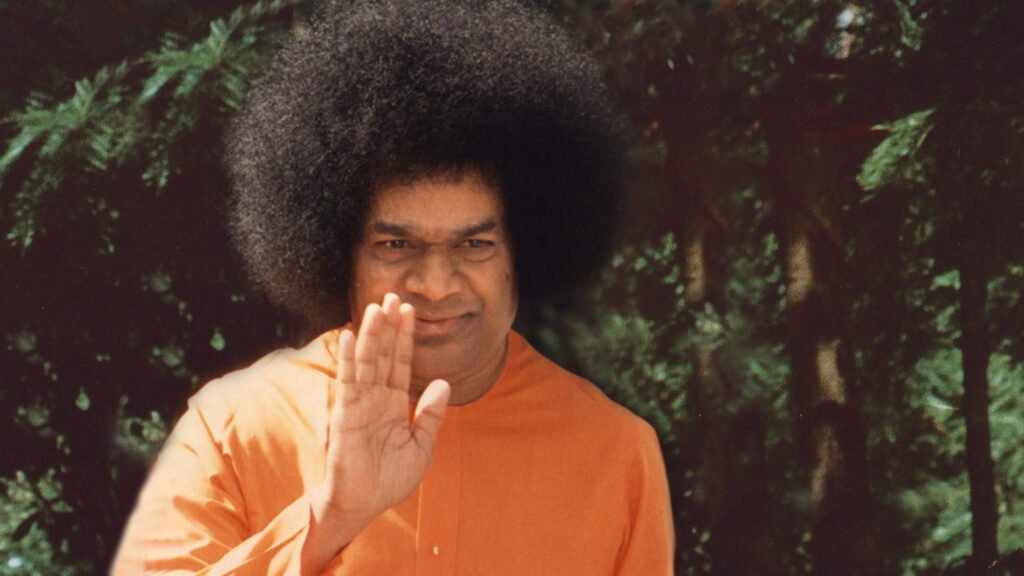
H:┬ĀThe crucifixion of Christ, the metal figure of Christ on the cross that Swami created, the metal, when strongly magnified appears to be more or less covered with small bumps. What are they?
SAI:┬ĀThey are blood, knots of blood. The body was in a bad condition. It had been hurt and injured over the entire body. At death, the blood came to a sudden stop and the bumps are clots of blood.
H:┬ĀSwami, on the photo enlargements of the statue it also looks as if a sort of slice of the nose had been removed.
H:┬ĀNot long ago, I found out something very interesting about the Christian religion. The early Christian Fathers of the Eastern Church knew something of which modern Christians have no idea. The early Fathers taught that one should constantly say ŌĆśLord Jesus Christ have mercy on meŌĆÖ. There is the constant repetition of Christ’s name until the name goes into the heart where the repetition continues without cessation. Along with the repetition of the name, the form of Christ is visualized in the mind. I learned of this through reading an old book,┬ĀThe Way of the Pilgrim, translated from the Russian.
SAI:┬ĀAs time goes on, the significant factors of the spiritual path are lost. The Christian mystics took up the repetition of the name of Christ starting about 19 years after his death. As time goes on, human nature comes to the front and the divine is put aside and forgotten. That which was known of the spiritual path after the time of Rama was no longer there at the time of Krishna. And that which Krishna taught was gone when Sai came. It is the same with the Buddhists, the Muslims and the Jains.
H:┬ĀWhat the early Christian mystics taught was surely the heart of the Christian religion. And one never hears of it today from Christian people.
CONVERSATIONS WITH SAI – Part Twenty one
SAI:┬ĀWhat is your work in America?H (Hislop):┬ĀI am retired and do no work.SAI:┬ĀThen how do you pass the days?H:┬ĀMostly the day is spent with Swami. It starts with Swami in the morning and goes through the day. I work at my desk trying to make sense out of my financial affairs and then there are many tasks in relation to the house. But really, Bhagavan is our life. Our discrimination, added to by our direct experience, tells us that Baba is God Himself ŌĆō so what else is there, what else can there be?SAI:┬ĀIt is a good opportunity for you to study Sai’s teachings. |
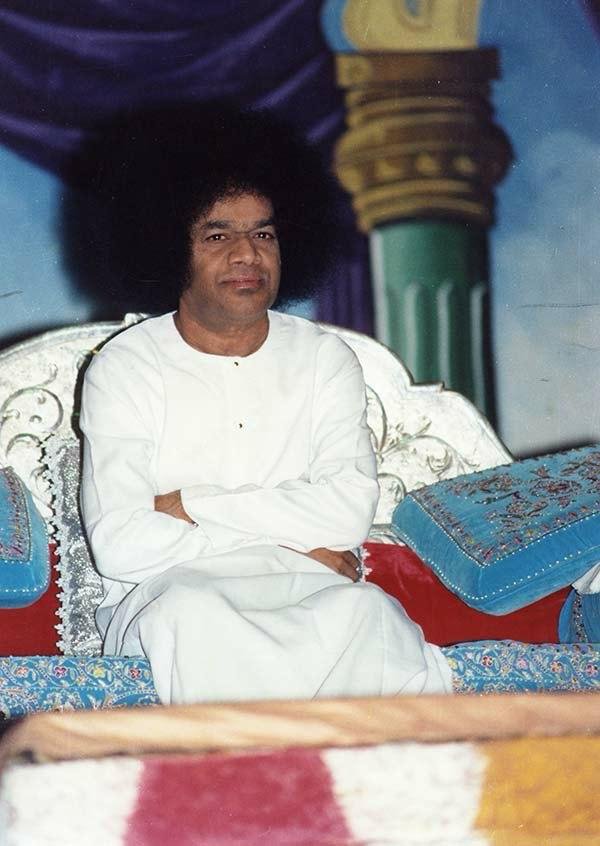
SAI:┬ĀThat will be the case.┬ĀSai Centers must reflect the distinctive character of our organization.┬ĀThere cannot be a mixing of a Sathya Sai Baba Center with the many gurus and the many spiritual paths. We have our goal. Swami has shown the path to follow, and we must quietly and sincerely devote ourselves to that path. The leaders must provide the example in their conduct.H:┬ĀNot all present Centers devote themselves entirely to the Sai teachings.SAI:┬ĀAt present, some people form their own organisations and use the Sai Center name as a tool to promote their own interests and ends. Some leaders have a yoga business and use the Sai name as a way to add to the business. H:┬ĀWhat to do about such? Is the prominent leader an exception to the rule? The rule that a leader of a Sai Center cannot carry on yoga classes, or any classes related to spiritual sadhana, and charge the students money?SAI:┬ĀSwami is not aware of having exceptions.H:┬ĀI understand. The same principle applies to all. Probably such a leader will at once say that entirely apart from their yoga business they will continue to be an Officer of a Sai Center.SAI:┬ĀHow would that be practical? There would still be the same mixture. Such individuals will have to decide to go one way or the other. |
SAI:┬ĀThat was all right. The individual helped the people and they should show gratitude. Unless a person can show gratitude to another being at his own level, how can he expect to show gratitude to the divine?
H:┬ĀTo my mind, ingratitude to God is a great sin.
THE FOUR CLASSES OF PEOPLE
SAI: To fail to show gratitude is wrong. To show ingratitude is a sin. There are four classes of people in the world. First, those who call everything they see as good. Second, those who call wrong as wrong and good as good. Third, those who do not make a judgment. In each of these three some reason can be seen. The fourth class is those to whom everyone and everything is evil; they do not see any good.
H:┬ĀThere must be just a few people in this fourth class. Perhaps from the lower socio-economic group?
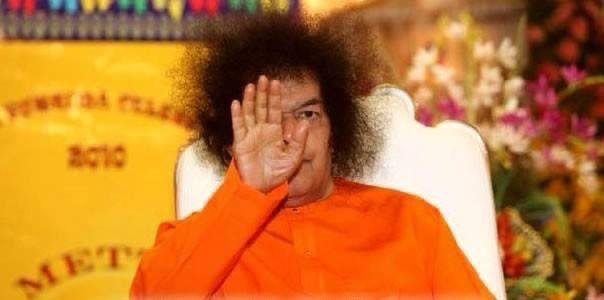
THE REAL MEANING OF UPPER CLASS
SAI:┬ĀIf by upper class you mean those who have a tradition and who are correctly trained by their parents, then the same would be true even of a large number of farmers living in Indian villages.
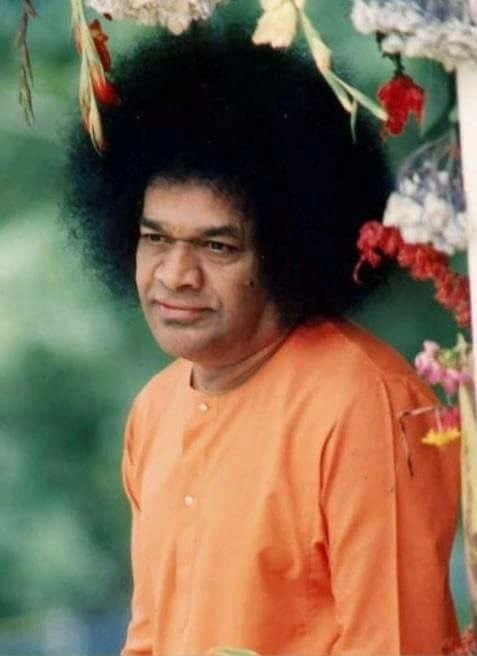
A Visitor:┬ĀSwami, Mr. X wishes to make a film about the so-called ‘lost years of Jesus’. He has much experience in making films and he is a Sai devotee.SAI:┬ĀJesus realized that he was Christ in his 25th year. For eight years following his 16th birthday he travelled in India, Tibet, Iran, and Russia. He was variously regarded as a beggar or as a sannyasi. Jesus had no money. His parents were very poor and practically abandoned him at an early age.HOW TO SEE GOD IN ALLH:┬ĀWhat is the art of looking whereby one may see the Lord even in unpleasant and disagreeable persons?SAI:┬ĀEven in persons of an unpleasant nature, be aware that the Lord is in the heart even of that person. Have that aspect in mind and treat the person from that viewpoint to the best of your ability. In time that person will respond, and his nature will change.┬ĀOne sees people as good or bad because he does not see the person in full but only one side. |
Suppose a mother were six feet tall and her young child could not as yet walk but could only sit on the floor. Will that mother say, ‘I am six feet tall when I stand erect. I will not bend myself for the sake of the child’? Or, does she bend down to the child because of her love for the child? As another example, there may be a person with many big degrees who teaches small children; will he refuse to help the children because he knows so much? The children must start to learn by being drilled in the A B C’s. They must learn at their level.
SAI:┬ĀIn order to see the moon does one need a torch? It is by the light of the moon that one sees the moon.┬ĀIn like fashion, if one wishes to see God, it is by love, which is the light of God, that one may see Him.
H:┬ĀSwami says that like the blind man who has no eyes to see, we are likewise blind and unable to see our own divinity. With what vision does one see his own divinity?
LOOKING WITHIN TO FIND THE HEART
SAI:┬ĀA blind man cannot see his body. You can because you have eyes. But you have no eyes to see your spiritual body. You have a spiritual body that is omnipresent. That body can be seen with the spiritual eye.
H:┬ĀWould Swami describe the spiritual eye?
SAI:┬ĀOh, yes.┬ĀThe spiritual eye is God. Attain Him and the spiritual eye will open.
H:┬ĀWhat does Swami mean when He says ‘To look within oneself’? What is meant by ‘look’?
SAI:ŌĆś Looking within does not mean looking into the body of flesh and bones. It means transcending the senses, as in deep meditation.
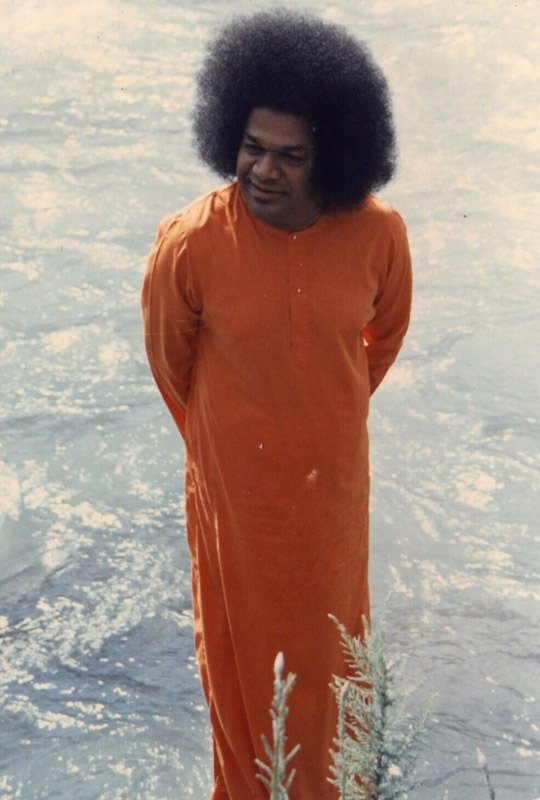
H:┬ĀAs one turns inward he encounters feeling. Women talk of the heart. Swami puts emphasis on the heart. What is meant by the word, ‘heart’?
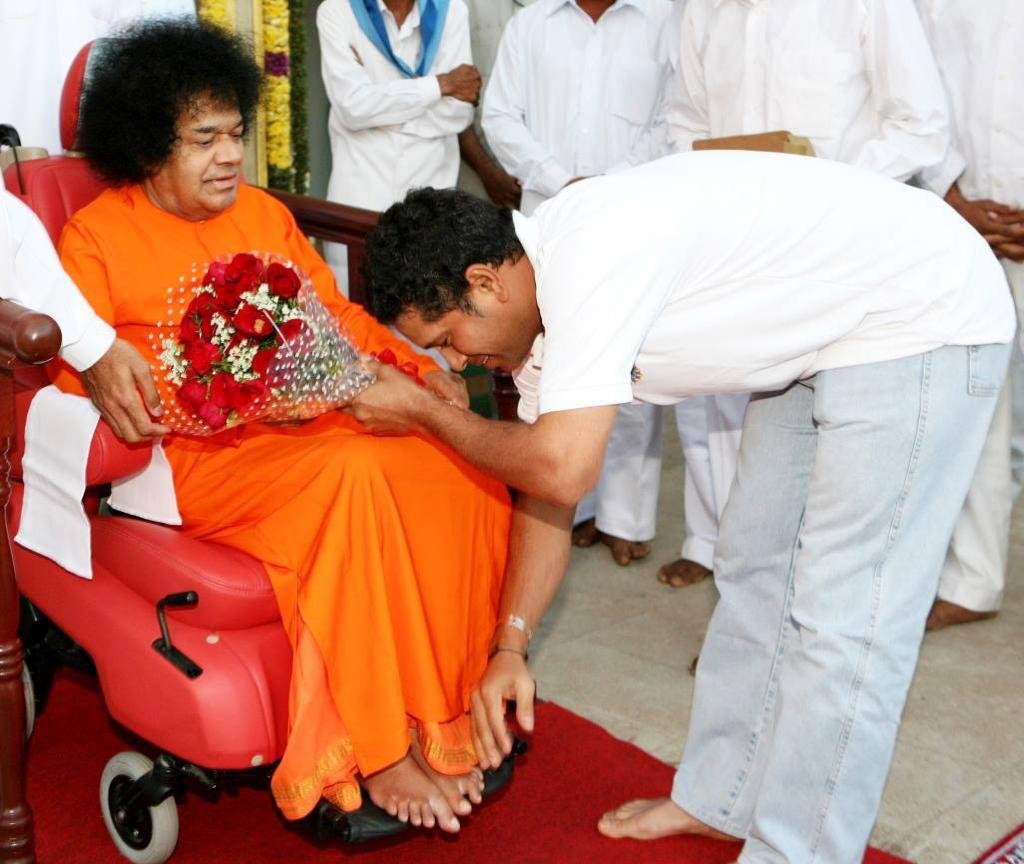
H:┬ĀSwami says that ‘the heart is the reflection of the Atma.’ And also that ‘the heart is the best mirror for reflecting truth.’ What is that ‘heart’? What does Swami refer to?SAI:┬ĀHeart is the consciousness.H:┬ĀIs the ‘heart’ that women talk about the same as what Swami means?SAI:┬ĀNo. That is the subconscious mind mixed up with their desire.FIND BABA INSIDEH:┬ĀJust under my skin, about an inch, there seems to be a mirror. When I see Baba outside, I also see Him in that ‘mirrorŌĆÖ. The ‘mirror’ reflects Baba’s every move. Of these two, the Baba I see with my two eyes and the Baba of the inside reflection, which is the most real?SAI:┬ĀConsciousness is a reflection. If pure it is a clear reflection. It is by the┬Āsankalpa┬Āof Baba that the reflection is seen.H:┬ĀIs it to the inside Baba that prayers and devotion should be addressed?SAI:┬ĀWhen Baba is found within, He will be seen everywhere outside. |
H:┬ĀWhen one inquires within, I is found to be I. That ‘I’ is thought to be oneself. But then it seems to me that ‘I’ is not me at all, but is Baba.




















































